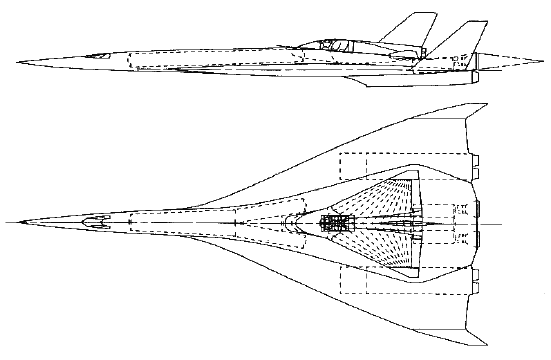
Spacecab Artist’s Concept
For more Ascender images visit the Media page
Spacecab is a fully reusable spaceplane designed to use only existing technology. The upper stage is in effect an enlarged and refined Ascender. It will be air-launched from a carrier aeroplane, also derived from Ascender. It could start passenger operations much earlier than a new vehicle that requires new engines to be developed. It also provides a low-risk stepping-stone to the development of a mature spaceplane such as Spacebus.
Spacecab’s design is aimed at achieving fully reusable orbital operations soon and at minimum development cost and risk. The cost of developing Spacecab is equivalent to about three Shuttle flights. Spacecab is a candidate to be the first orbital spaceplane, as it has the lowest cost and risk of any contending project.

